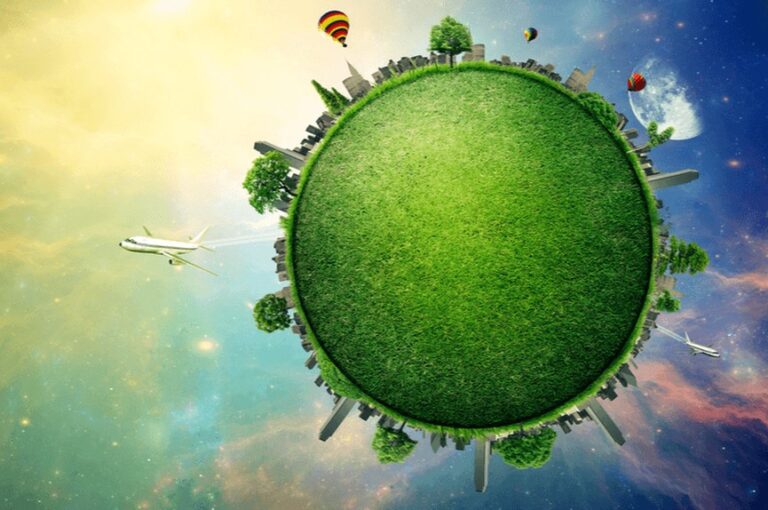It is critical to become green since it has so many good consequences for the environment, society, and economy. It addresses pressing issues such as our planet slowly deteriorating, lack of resources as well as climate change, we all can see. With greener technology and greener orientation, we positively influence climate change, preserve natural resources, and biodiversity. Aside from these benefits, being green also benefits public health, economic sustainability, and energy security. To overcome environmental challenges, global international coordination is required. Not one country or one region in the world can make an impact to better world. We need to hold hands together and act together to get where we need to, ASAP. Going green shows our creativity and develops technology, resulting in the development of ecologically beneficial solutions.
In a world where environmental challenges are at the top of worldwide discussions, innovative solutions are critical to constructing a more sustainable and ecologically friendly future. Modern sustainable practices and renewable energy sources are only two examples of how green technology is rapidly evolving in order to reduce environmental effects and rescue our world.
1. Solar Roadways
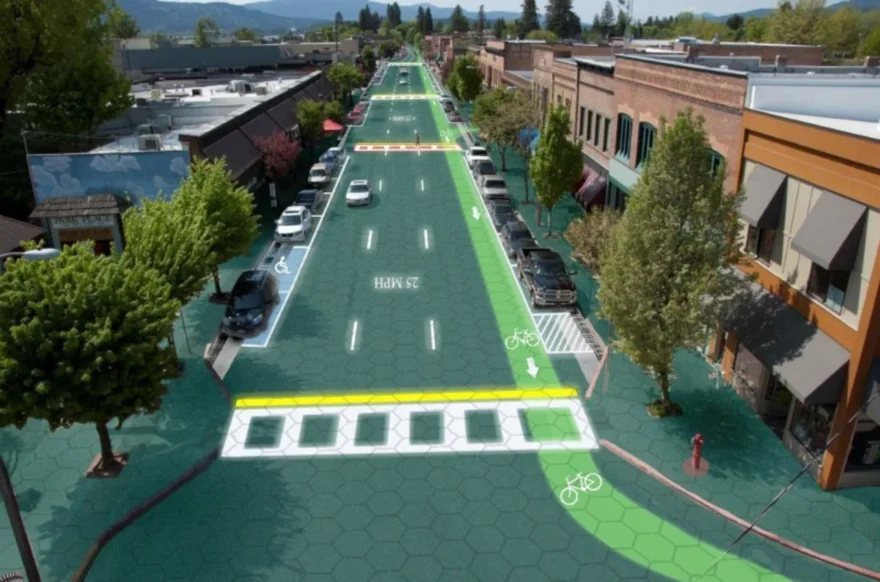
For some time there are people that are considering driving on roads that not only get you to your destination but also harness the sun’s energy to generate power. Solar roads have made their debut in the world as a pilot project and they are basically panels that are combined with solar cells, LED lights, and heating components. The only issue that is constantly being addressed and tackled is the fact that these solar energy-collecting panels are not able to withstand vehicle weight for prolonged periods. This makes them uneconomic and unsafe, but those issues are boing addressed.
In the long run, solar roads can reduce greenhouse gas emissions by lowering our reliance on fossil fuels and possibly offer something like a recharge on the go for all the green vehicles that are coming our way.
2. Vertical Farming
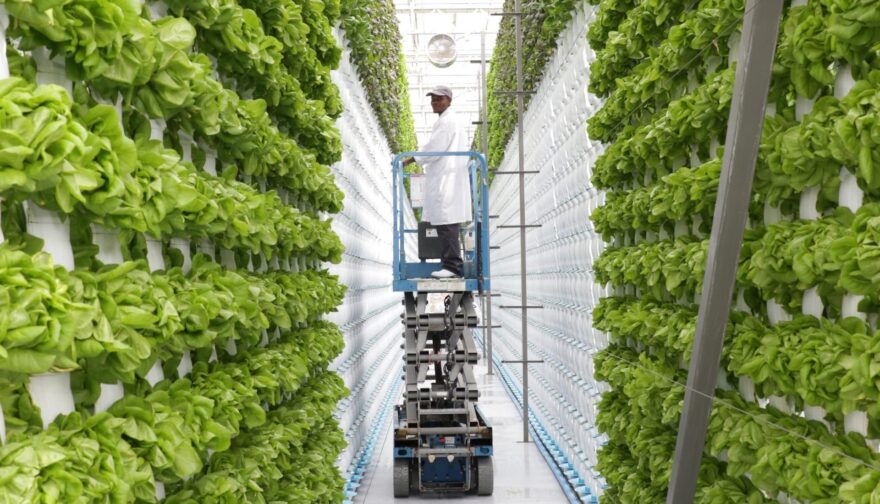
One of the most pressing issues we face is feeding an increasing planet while safeguarding natural places. Vertical farming, a ground-breaking agricultural innovation, allows us to raise crops in many layers under controlled circumstances. This method helps to increase space while reducing excessive water and pesticide consumption. Furthermore, because crops are grown close to urban areas, transportation-related emissions are reduced.
Vertical farming, which uses LED lighting and hydroponic or aeroponic systems to boost food production efficiency and sustainability, ensures that fresh produce is always available in urban areas.
3. Ocean Clean-up Technologies
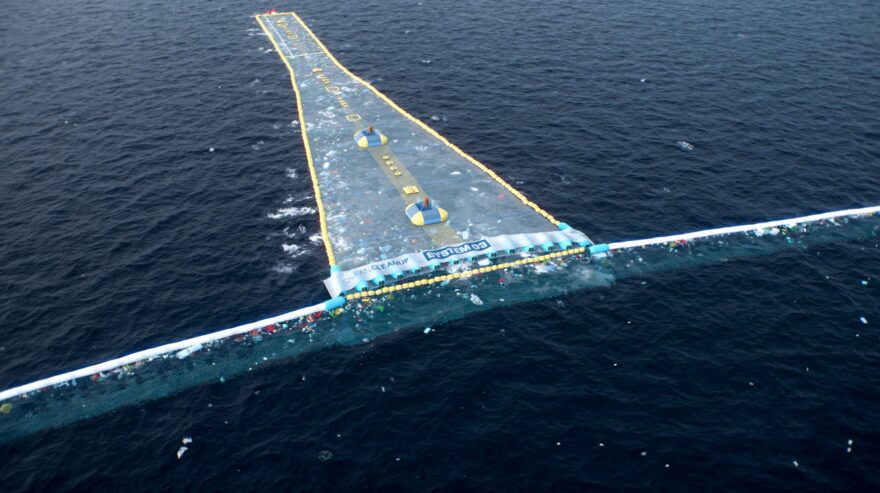
Plastic pollution is threatening marine life and ecosystems in the world’s oceans, we all see and know that. To solve this problem, cutting-edge solutions for ocean clean-up have been developed. Boyan Slat’s Ocean Clean-up Project is one example of an invention in this regard. It uses floating devices to gather and remove plastic debris from the ocean’s surface. These renewable energy-powered devices have demonstrated encouraging outcomes in lowering the amount of plastic waste in the ocean.
Cleaner waters are also a result of programmes like Seabin, which uses floating garbage cans at ports and marinas to gather rubbish mechanically. With the help of these technologies, our seas may be restored and marine habitats will be protected.
4. Energy-Generating Fabrics
Our clothes serve various functions in addition to keeping us warm, protected and stylish. Energy-generating textiles, which embed certain materials or small solar panels into clothes to store and harvest energy from sunlight and movement, have enhanced wearable technologies. These fabrics have the potential to reduce our reliance on traditional power sources by delivering electricity for small electronic devices such as wearable health monitors and mobile phones.
This technology enhances our daily lives by making energy more portable and accessible, all while improving sustainability.
5. Algae Biofuel
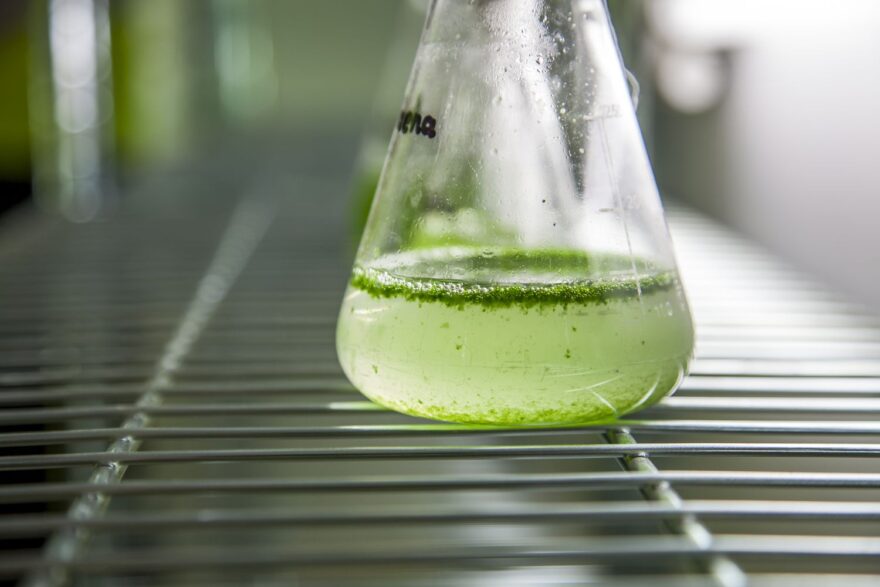
Biofuel made from algae’s is a potential replacement for fossil fuels that the globe is looking into. Because of their exceptional photosynthetic efficiency and capacity to produce substantial oil yields per acre, algae are a reliable source of biofuel. Algae biofuel is an environmentally favourable substitute for conventional biofuels since it doesn’t compete with food crops for land.
Furthermore, carbon dioxide from industrial operations may be consumed in the manufacture of algal biofuel, assisting in the reduction of greenhouse gas emissions. The creation of this renewable energy source is a big step in the direction of a more sustainable and environmentally friendly energy industry.
6. 3D-Printed Houses
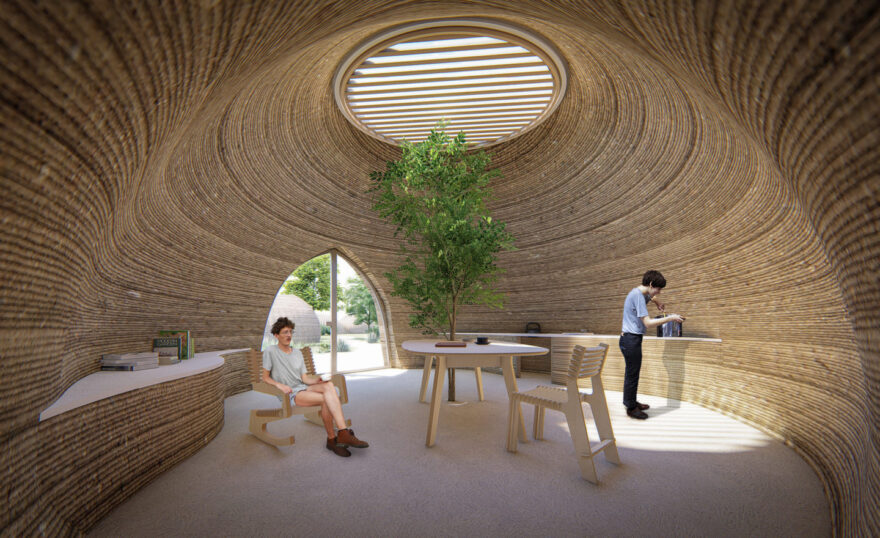
Conventional building techniques can use a lot of resources and produce a lot of trash. 3D-printed homes are something most of us already saw and were stunned by its advancement in environmentally friendly building design. The construction of these homes makes use of recycled plastic and biodegradable concrete, which are produced by 3D printing technology.
In comparison to traditional building processes, 3D printing is more affordable and environmentally beneficial since it cuts down on waste and construction time. With the potential to completely transform the housing market, this technology will open up more opportunities for everyone to live sustainably.
7. Smart Grids
The old electrical system is prone to outages and is inefficient on a regular basis. Smart grids are upgraded electrical grid system that include cutting-edge technologies that can offer more efficiently monitoring and constantly regulate the flow of power. They use sensors and data analytics to integrate renewable energy sources, reduce energy losses, and control supply and demand.
Smart grid users may become more conscious of the financial and environmental repercussions of their usage if they can track their energy use in real-time. By reducing energy waste, these networks contribute to a more strong and sustainable energy infrastructure.
Green technology innovations are not only a window into the future; rather, they represent the impetus for a more sustainable and environmentally friendly society. A brighter tomorrow is being paved with human creativity via the creation of solar highways, vertical farming, energy-generating textiles, algal biofuel, 3D-printed homes, and smart grids, to name just a few examples. These advancements point the way towards a more ecologically conscious and greener future by providing us with hope and workable answers to the problems we face. We are getting closer to realising our dream of a sustainable planet as we keep researching and funding green technologies.
Related Posts:
- 20 Best Gaming Headset Under 50$ 2024 - for PC, PS4,…
- 15 Best Dog Food For Allergies 2024 - Adult, Puppy…
- Green Energy Inventions: A Look at the Future of…
- 12 Best Car Wax For Black Cars 2024 - Protection and…
- 15 Best Shoes for Walking on Concrete 2024 - Soft &…
- Top 16 Best Office Chair Covers 2024 - Chair…

